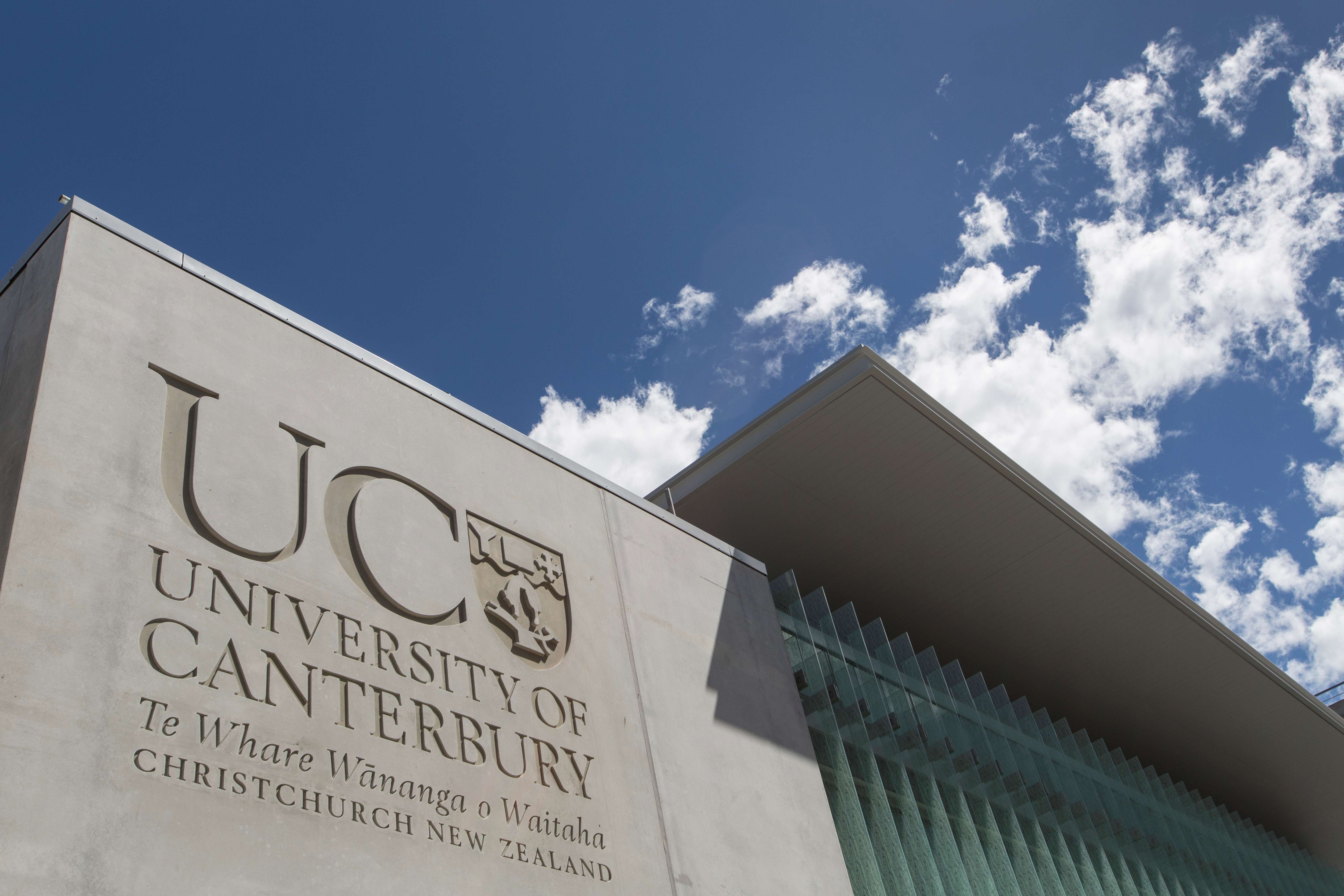New Zealand’s chief science advisor Professor Dame Juliet Gerrard receiving her first vaccination dose. Hannah Peters/Getty Images
New Zealand will have to maintain some border controls and public health measures until a high proportion of the population is vaccinated, according to our latest modelling study, released today as a pre-print ahead of peer review.
For the alpha variant of COVID-19, our model estimates around 80-85% of the population would need to be vaccinated before we can completely relax controls. For the more transmissible delta strain, which is currently causing problems even in parts of the world with high vaccine coverage, we would need to reach 97% of the population.
New Zealand’s rollout uses the Pfizer-BioNTech vaccine, one of the most effective vaccines yet developed.
At this early stage, only around 8% of the population are fully vaccinated. But the vaccination rate is set to ramp up in coming months and the government has committed to offering the vaccine to everyone by the end of 2021.
The good news is that increasing levels of vaccination will protect some of our most vulnerable groups from COVID-19.
It will also make maintaining an elimination strategy easier and allow the country to gradually move from relying on population-wide interventions like lockdowns towards more targeted controls like contact tracing.
Population immunity threshold
One of the biggest benefits of vaccines is they don’t just protect the individual. They also contribute to collective immunity of the population by reducing the number of people who can spread the disease.
In a mathematical model like ours, there is something called the population immunity threshold (also known as “herd immunity”). It represents a theoretical point in the vaccine rollout where we could relax all restrictions and public health measures and only see small, occasional outbreaks.
This differs from country to country, depending on the population and how people live and work, and it is higher for more transmissible variants. Until we reach this threshold, relaxing controls completely would risk serious health impacts, including potentially thousands of deaths.
This shows New Zealand will need very high levels of vaccine coverage to protect the population. But we shouldn’t turn these numbers into a target.
Firstly, there is still uncertainty in the data. Our study used recent data from the UK on transmissibility and vaccine effectiveness. But with a shifting mix of new variants, the picture is evolving rapidly.
Secondly, models are always based on simplifications. We used a national model that assumes vaccine coverage is evenly distributed across the country. In reality, regions or communities with lower than average vaccine coverage will remain at risk, even if we have theoretically reached population immunity at a national level.
Finally, reaching population immunity is not an all-or-nothing goal. The higher the vaccine coverage we can achieve, the more protection we will have and the easier it will be to control outbreaks with measures that don’t require full border restrictions. Everyone who gets vaccinated is doing their bit to get New Zealand back to life as normal as possible.
COVID-19 won’t go away quickly
While the vaccine rollout is still in progress, elimination remains the best strategy for Aotearoa. Keeping strong border controls and stamping out any outbreaks protects people who haven’t yet been vaccinated or can’t be for medical reasons.
The vaccine makes elimination much easier to sustain. As more people are vaccinated, any outbreaks that do make it across the border are more likely to file out on their own.
Outbreaks that don’t run out of steam become easier to control, allowing a gradual shift away from lockdowns towards more targeted measures such as contact tracing and case isolation. Health impacts will also be blunted.
New Zealand is prioritising high-risk groups for vaccination, so the potential number of hospitalisations and fatalities will decrease.
But COVID-19 is not going away anytime soon. Even with relatively high vaccination rates, the delta variant is causing another wave in the UK. It’s clear countries around the world will continue to struggle with the virus until they reach high vaccine coverage.
While being vaccinated means you are far less likely to catch the virus, no vaccine is 100% effective. A blanket border re-opening before we reach population immunity, even if we only reopen to vaccinated people, would pose a high risk of an outbreak and threaten our healthcare capacity.
Eventually, we will be able to relax border restrictions. This is likely to happen gradually, starting with a partial re-opening to low-risk countries, alongside public health measures such as testing and masks.
As international travel resumes, it’s highly likely we will see cases and even outbreaks in Aotearoa. The best way to protect yourself and your whānau from those outbreaks is to get vaccinated.
This article was originally published on The Conversation.










